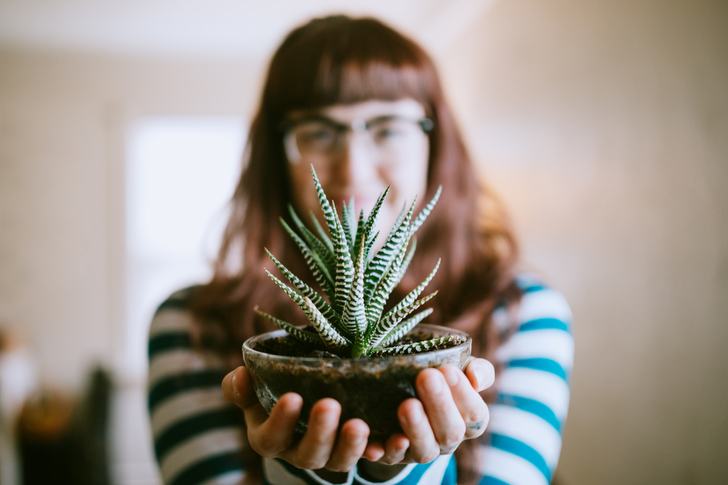
Besides adding interest to your home, indoor plants offer numerous health benefits. Research recommends that you benefit the most when you have one indoor potted plant per 100 square feet.
Before we dig into which plants are best in which rooms in your house, let’s explore the benefits of having indoor plants.
The Benefits Of Indoor Houseplants
Plants purify the air
Plants are like a sponge. They trap toxins in their tissues or break them down and release them as harmless byproducts.
Consider that most people spend the majority of their time indoors breathing in stale and possibly toxic air. Houseplants remove up to 87% of volatile organic compounds (VOCs) every 24 hours according to research from NASA.
VOC’s are comprised of substances such as formaldehyde (found in rugs, cigarette smoke, inks, solvents, paint and man-made fibers) and benzene which is found in places where there are books and printed papers.
Modern homes and buildings are made “very well” meaning that they are practically airtight – this means that they trap dangerous VOCs inside.
Indoor plants pull contaminants into the soil where microorganisms convert them into food for the plant.
Plants release water
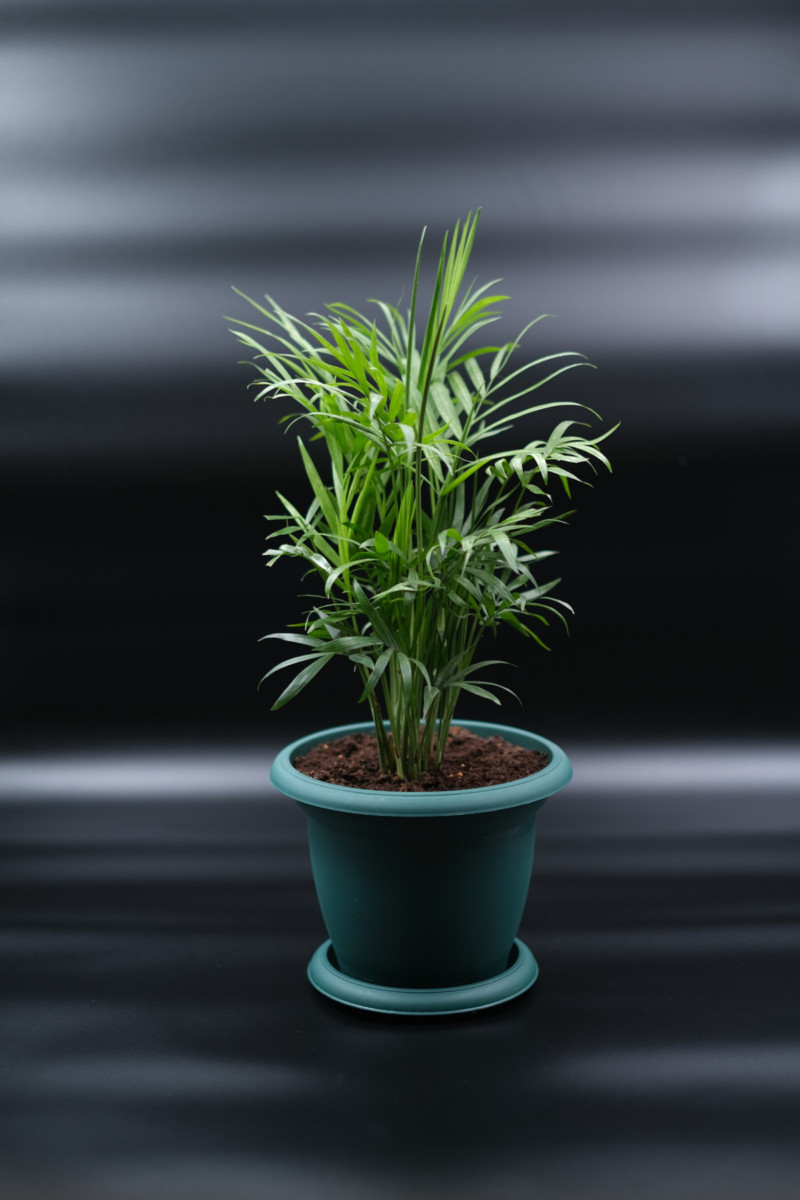
Plants release moisture vapor as part of the photosynthetic and respiratory process. This, in turn, adds humidity to the air. Indoor plants release 97% of the water that they take in. I
f you live in a dry climate this helps keep indoor air moist and healthy. The Agricultural University of Norway has done research that shows that putting plants in interior spaces reduces conditions such as dry skin, sore throats, colds and dry coughs.
Plant make breathing easier
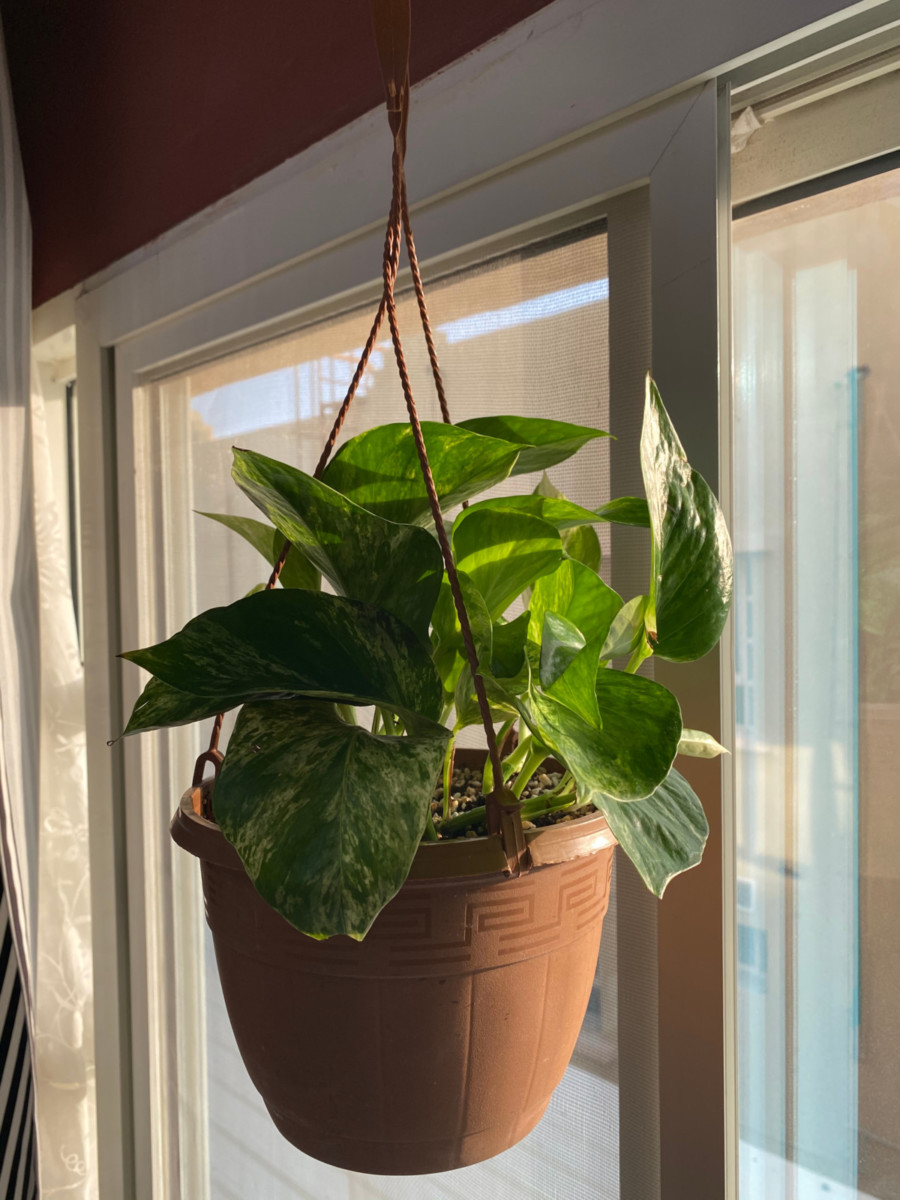
When we breathe, we take in oxygen and release carbon dioxide. Plants absorb the carbon dioxide we release and let off oxygen which we breathe during photosynthesis. This makes plants and people great partners.
When you add plants to interior spaces oxygen levels go up. During the night – the process changes and plants take in oxygen and release carbon dioxide. A few plants do the opposite – we will get to these in a bit.
Plants make you healthier
Research indicates numerous health benefits to having plants inside the home including:
- Plants help fight colds – indoor plants can reduce the incidence of colds by 30%
- Plants ease headaches – plants improve air quality that helps reduce headaches
- Plants reduce blood pressure – having plants in the home reduces stress which in turn reduces blood pressure
- Plants prevent allergies – when you expose children to allergens such as plants early in life they build up great immunity and tolerance
- Plants improve your mood – plants just make people happy
- Plants improve productivity – being productive is good for the mind and body and plants can boost mental performance, memory, and alertness
3 Best Plants For The Kitchen
Here are some of my favorite plants for the kitchen. Not only do they add a splash of color and interest all year long but they clean the air and are super easy to care for. In fact, some of these plants do best with minimal attention. That is great news for a busy cook!
1. English Ivy
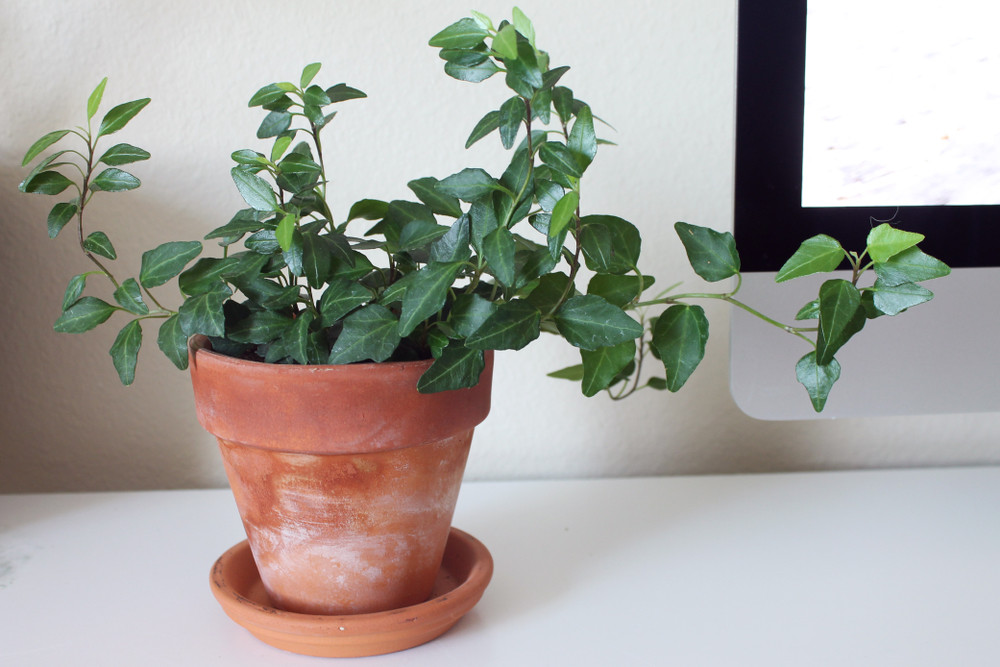
English ivy is one of the best reducers of indoor air pollutants including bacteria, mold, benzene, and formaldehyde. The plant is perfect for hanging over your sink or by a window. English ivy needs a few hours of direct sunlight to do best. Just keep your cats and dogs away as this plant is toxic to them.
2. White Jasmine
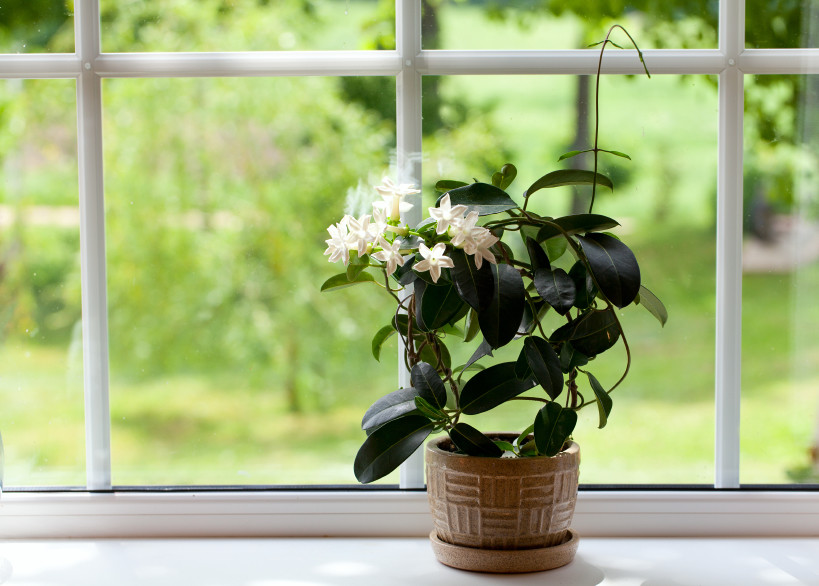
There are few flowering plants that thrive indoors and white jasmine is one of them. It’s delicate white blossoms make a great addition to any color kitchen.
This pretty and highly aromatic plant will keep your kitchen smelling sweet no matter what you are cooking. White jasmine does best if the soil is kept moist and it receives filtered light.
3. Aloe
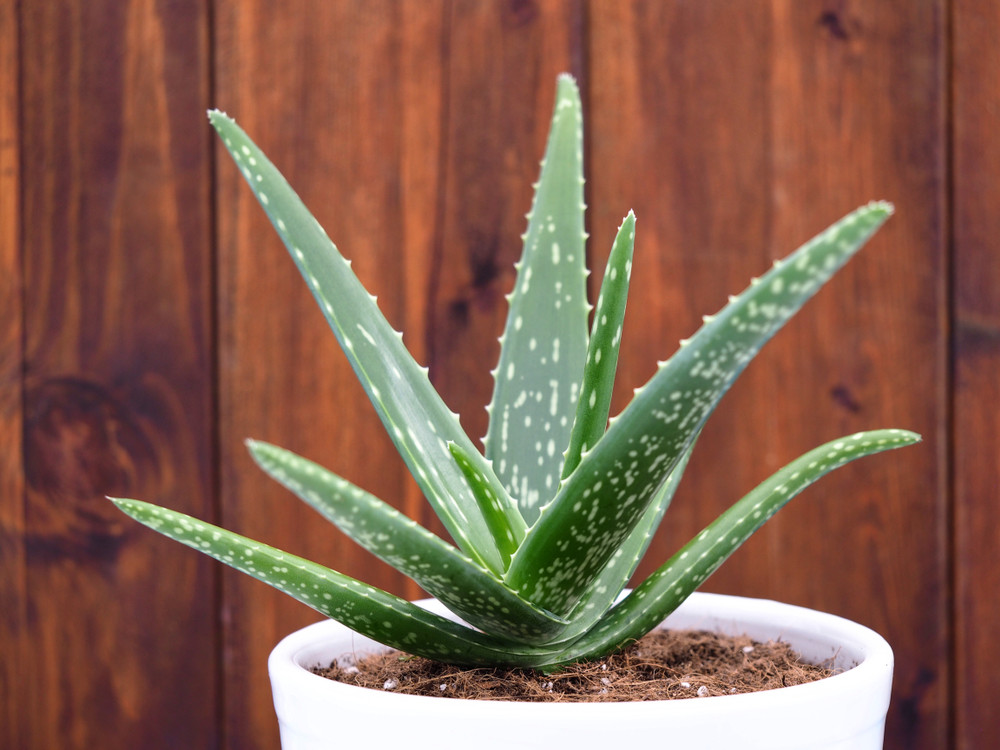
I am not sure I could kill an aloe if I tried. Even if you pay it no attention for long periods of time, aloes still seem to do great.
Referred to as the “plant of immortality,” aloe is a beautiful plant that is loaded with healthy vitamins and minerals that are wonderful for your skin.
Having an aloe plant in the kitchen will be a great aid if you burn yourself. Just cut off a lower leaf close to the stalk, take off the spines and split the leaf longways. The cool gel inside will soothe a burn and promote healing.
To keep aloes looking their best don’t overwater. Let the soil dry out to 2 inches between watering. Aloes can go about three weeks without water in the winter.
3 Best Plants For The Living Room
I love adding houseplants to my living room decor. They add interest and color to corners and spaces that are otherwise hard to lighten up. Here are three of my favorite indoor plants to have in my living space.
1. Pothos
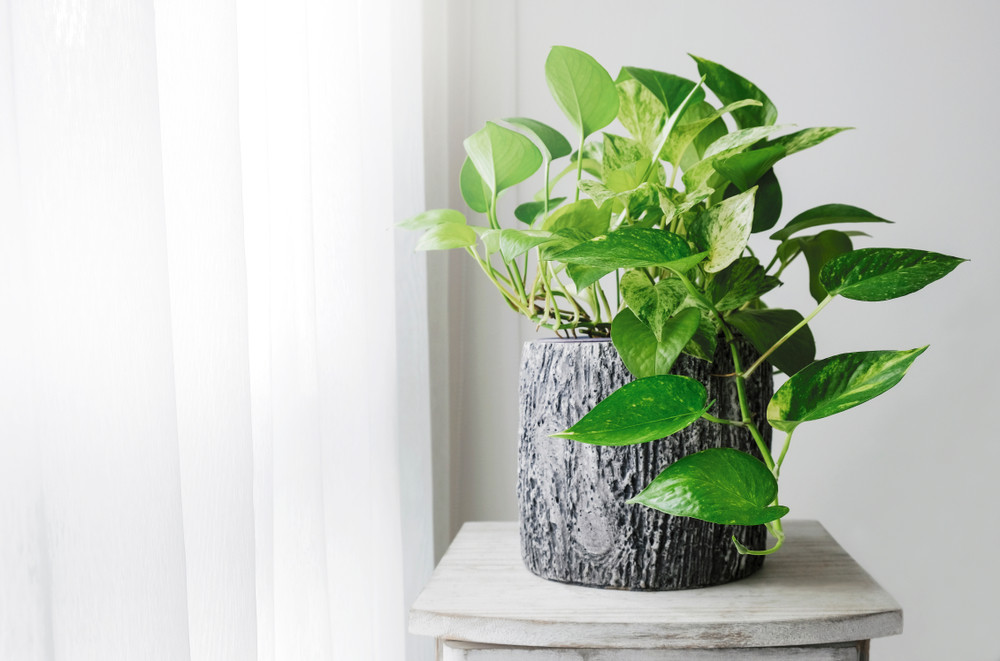
Pothos is a sure “no fail” indoor houseplant that is perfect for the living room. I always have a pothos hanging from a hook in a corner or running along the top of a bookshelf.
This pretty plant is not bothered by dry soil and only requires low light to thrive. I take my plant down from time to time and gently wipe the dust off the leaves with a damp cloth. If you want your leaves to shine, wipe them with some milk.
2. Succulents
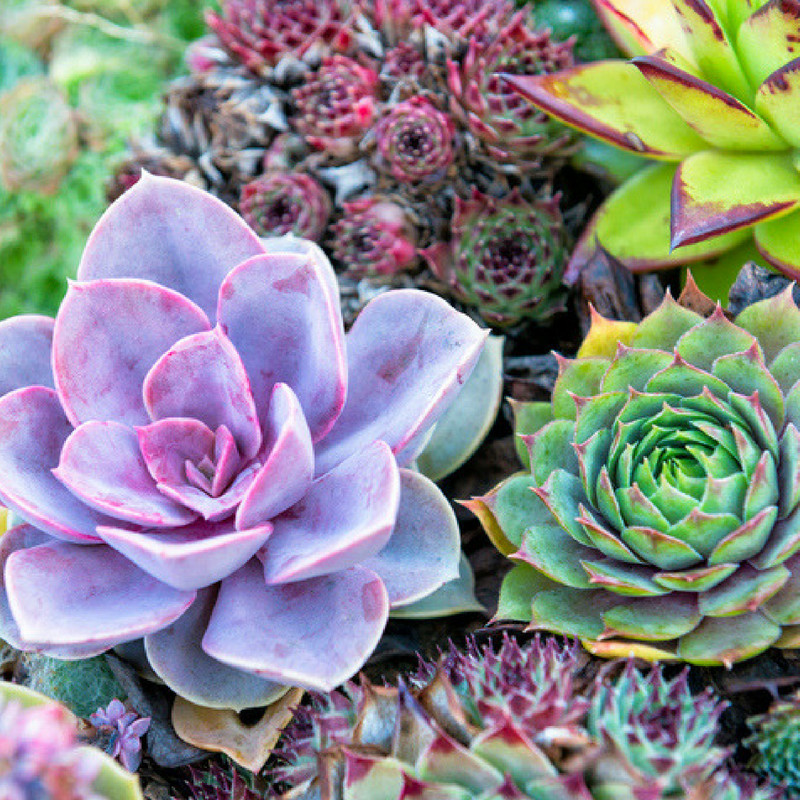
I love succulents of all kinds, they are so easy to care for and offer great texture and color to the living room.
Succulents have a crisp and somewhat minimalistic feel that make them perfect for any modern decor.
I like to group two or three in a fun planter or cute wooden box and use them on coffee tables as accent pieces.
Succulents are happy in fairly dry soil and require regular watering until established but are very happy with a dry climate and bright light after that.
Some of my favorites include slender cacti, spiky sedum, smooth Echeveri, and flowering Kalanchoe.
3. Ponytail Palm
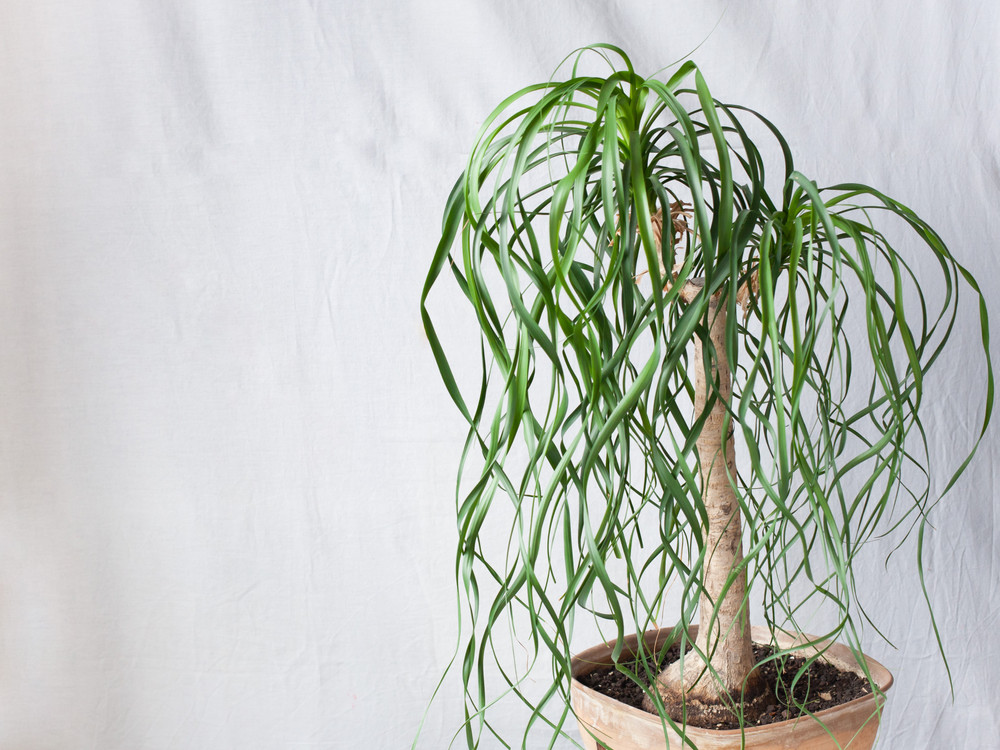
This plant is so much fun and makes a great conversation piece. Long and thin leaves sprout from a thick stalk that holds water.
This Mexico native plant looks great as a centerpiece on any table. Ponytail palms like dry soils so be sure not to overwater this pretty plant.
Technically, this plant is in the succulent family but is quite in a class of its own. Provide bright light and fertilize twice a year for best results. Do not repot unless the plant is rootbound.
3 Best Plants For The Bedroom
Do you remember earlier when I said that we would talk about some plants that give off oxygen at night? These are some of the plants that you want in your bedroom.
Plants help create a sense of tranquility and ease in the bedroom as well as add color and texture to any space. Here are plants that I love to incorporate into my bedroom decor.
1. Gerbera Daisy
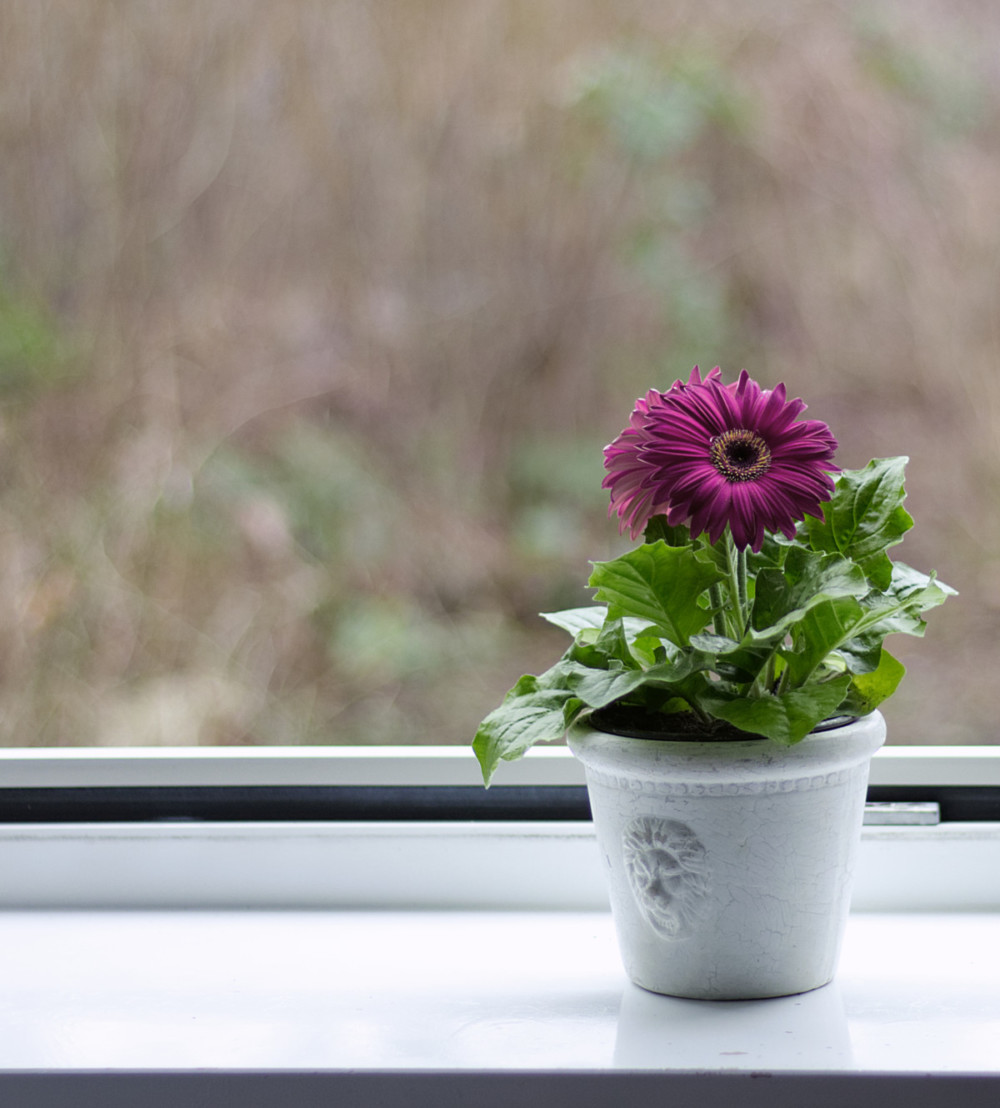
Gerbera daisies, also known as Gerber daisies, are cheerful and bright and also give off oxygen at night, helping keep the air clean and allowing for a restful sleep.
These pretty plants originate from South Africa and come in a variety of colors including yellow, salmon, orange and white.
The best indoor variety is a compact type that you can set in a sunny, but not too hot, window. Providing enough light is critical for best growth and showy flowers.
Water your gerbera daisy deeply only when the top inch of soil feels dry. Pinch off dead flowers and fertilize in the spring. Repot only when the plant becomes crowded in its initial pot.
2. Lavender
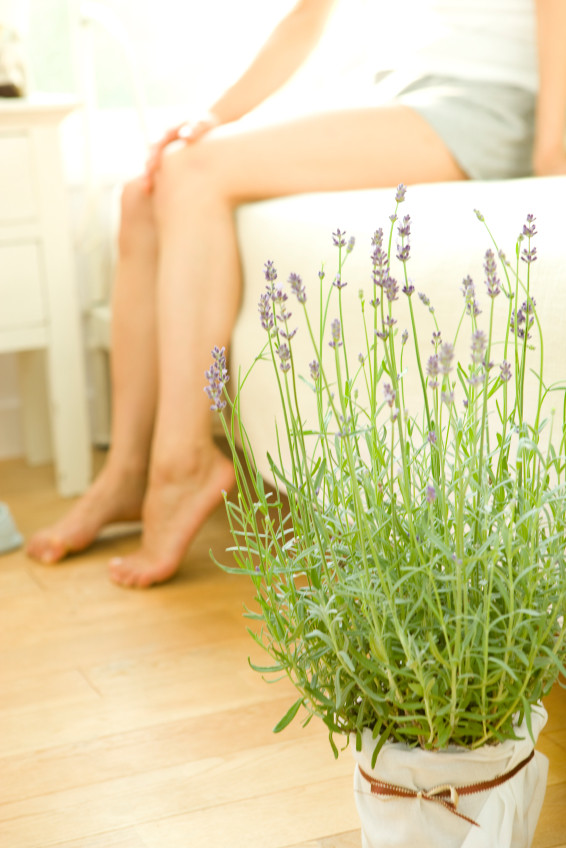
Lavender has a sweet aroma that has powerful relaxation properties. What better plant to put on your nightstand, especially if you have difficulty sleeping.
Research shows that the scent of lavender can slow the heart rate, reduce blood pressure and reduce stress.
Potted lavender plants need to receive 8 hours of full sun per day and a sparing amount of water. Lavender is happiest when it dries out between watering but don’t let it get so dry that it starts to wilt.
3. Gardenia

The white blooms and beautiful sweet aroma make gardenia a perfect compliment to any bedroom.
In addition, this plant also has a sedative effect on those who breathe in the fragrance.
A study done at Heinrich Heine University found that gardenia was just as effective as valium for the mind and body relaxation. Gardenias do very well indoors if placed in a good spot and not moved.
They like plenty of light, including at least half a day of direct sun and like a room temperature of about 55F during the day and 64F at night.
Since it is wise to keep your bedroom cool, these temperatures are healthy not just for your plant but also for yourself. Keep your plant free from drafts or direct air from a furnace for best results.
Related Reading: 12 Houseplants For Your Bedroom To Help You Sleep
3 Best Plants For The Home Office
As mentioned earlier, one well-researched benefit of houseplants is that they improve mood, boost productivity and cognitive performance.
1. Rubber Plant
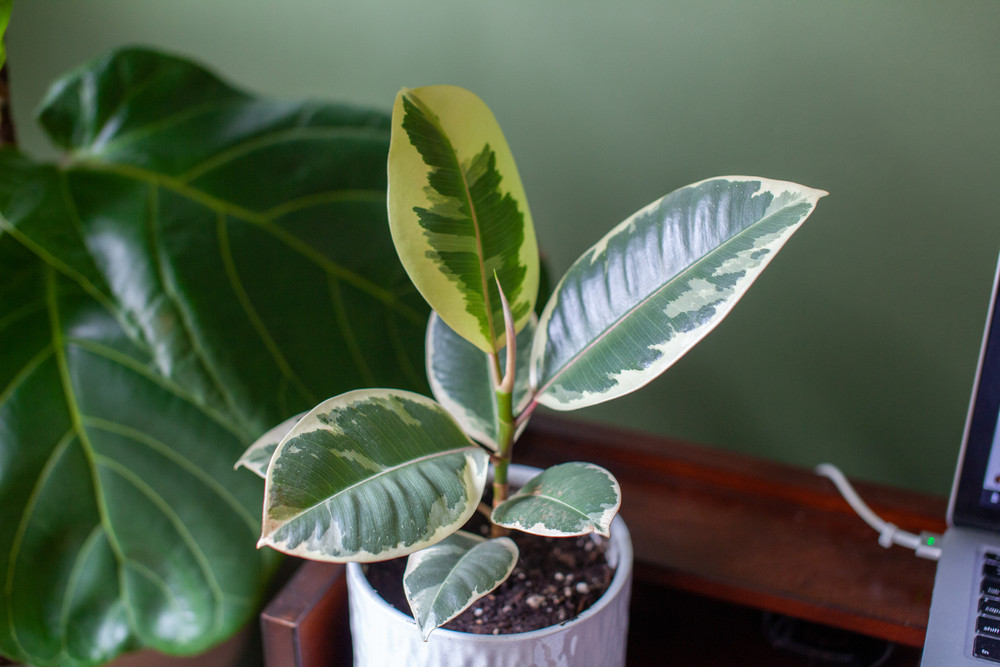
Not only will a rubber plant add a nice touch of green to your office but it will oxygenate the air and boost your thinking power.
Rubber plants do best with a lot of bright, indirect light. Keep this tropical beauty moist during the summer and on the dry side during the winter. If you live in a dry climate, your rubber tree will appreciate misting once or twice a week.
Fertilize once or twice during the spring and summer months with an organic houseplant fertilizer or compost tea. Rubber plants can get large so be sure you repot as needed.
2. African Violet
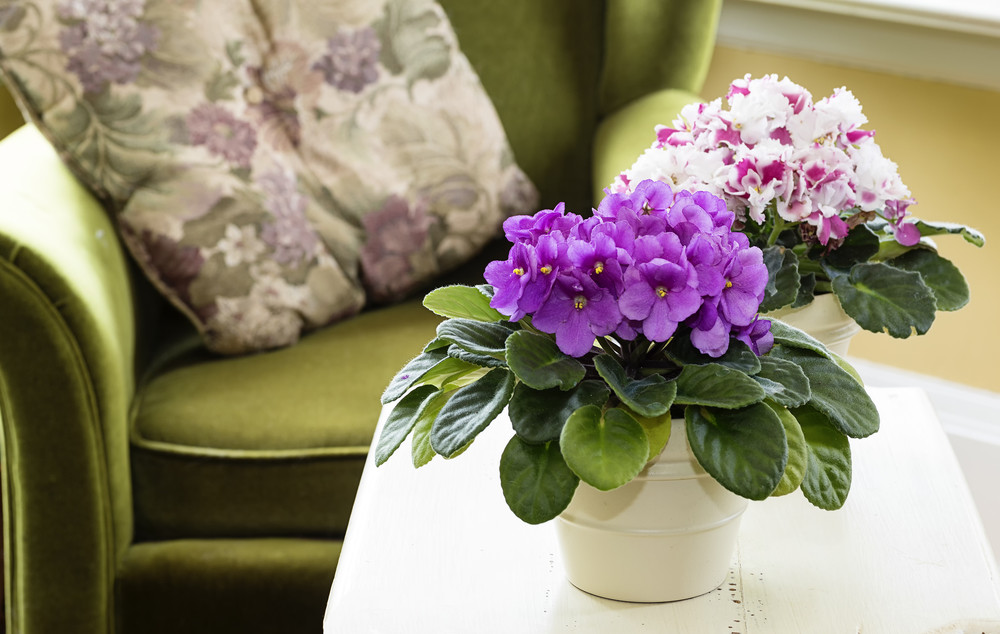
If you have a small office space and need a pick-me-up, consider an African violet plant. African violets are sweet and simple and add joy to any space. There are a few things to remember if you want your African violet to thrive.
These plants like to be watered from the bottom – be sure to place them in a saucer or a special African violet pot that will water them from the bottom.
These pretty little plants like bright to medium light and it is best if it is not direct sunlight.
The ideal spot is 3 feet from a south or west facing window Pinch spent blooms and fertilize with a 15-30-15 fertilizer at ¼ strength each watering.
3. Cactus plant
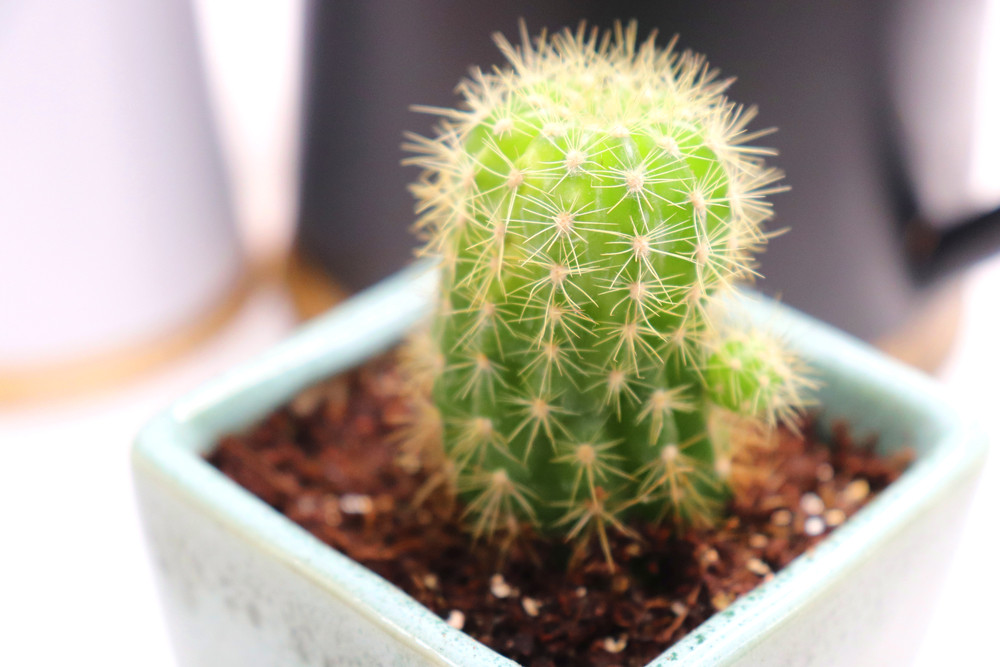
There are many varieties of cacti plants, some that are small and perfect for an added touch on a bookcase or a desk.
Larger varieties are perfect if you have an empty corner that needs some color. It is fun to combine a number of cacti in a shallow bowl and top with rocks.
An added bonus regarding cacti plants is that they are very low maintenance as long as they receive plenty of bright light and are planted in well-draining compost.
3 Best Plants For The Bathroom
The best plants for your bathroom are the ones that require little care and humid environments. If you want to add interest to your bathroom, cleanse the air and add a nice touch of nature, consider one of these plants.
1. Boston Fern
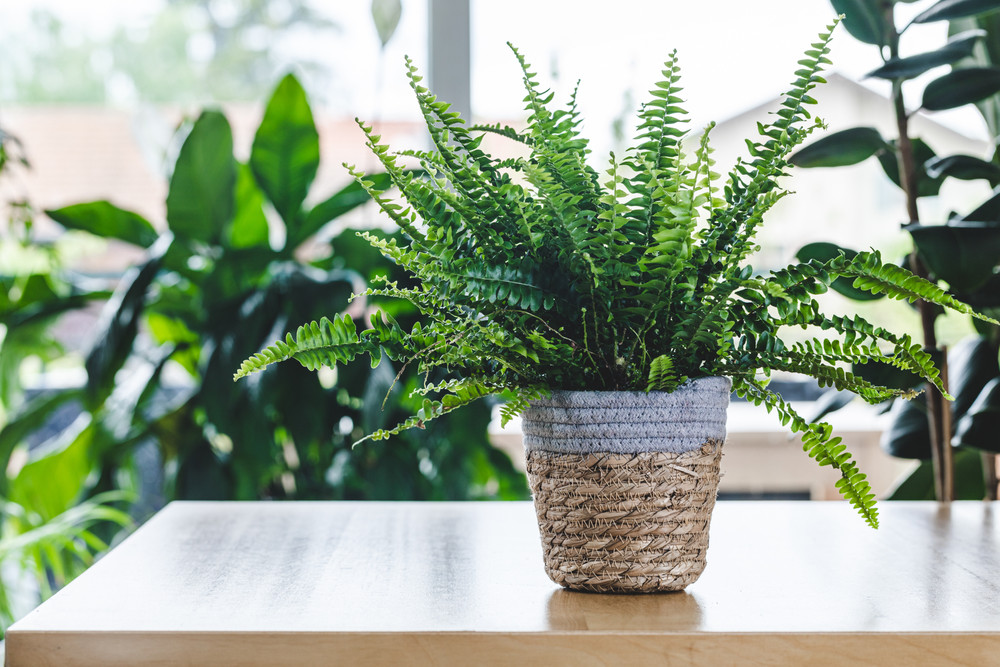
Who can resist the beauty of a Boston fern? These plants make a great hanging addition to any bathroom space or they look wonderful on a pedestal if you have room.
They thrive in the humid environment of a bathroom and require little special care.
2. Orchids
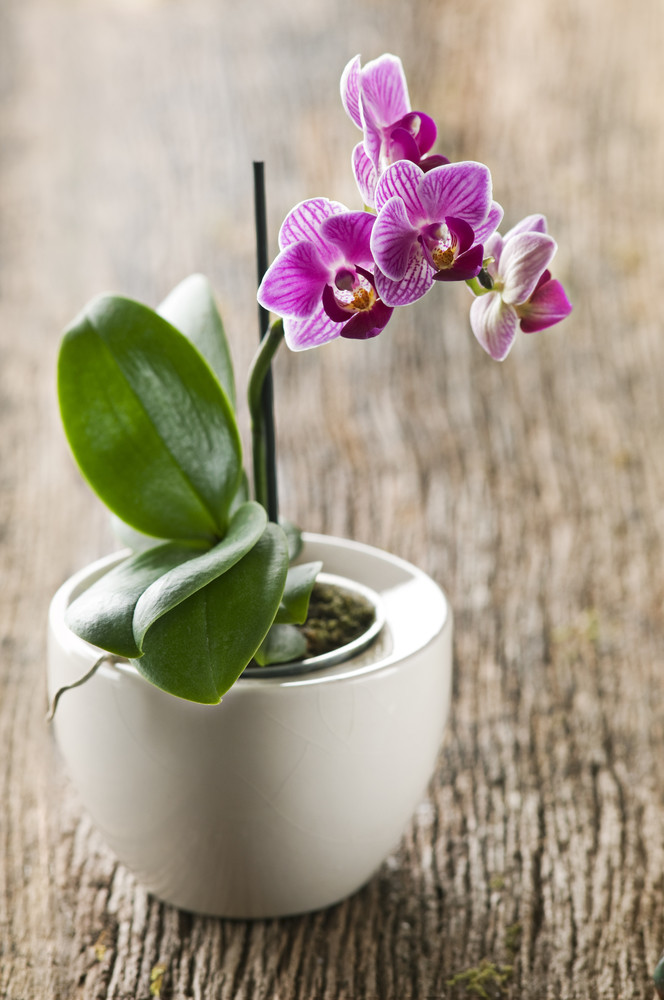
Orchids are a beautiful accent to any bathroom and they also love the humidity.
There are some orchids that prefer bright light and others that prefer medium light. Be sure that you read the label when you place your plant.
Orchids that need bright light do best next to a south-facing window. Medium-light orchids prefer a western exposure. Orchids also vary in the temperature that they prefer so be sure that you know just what your orchid needs to thrive.
Humidity is one thing that all orchids tend to like. To boost humidity, place your orchid on a dry well.
You can create this by placing pebbles on a tray and add water on top. Put your potted plant on top of the pebbles. If your plant is potted in a clay pot you can place the entire pot in a bowl of water for 15 minutes – the clay will absorb the water.
If your plant is in a plastic pot place your pot in an already full bowl of water. Let it sit for 15 minutes and drain.
If your orchid is planted in sphagnum moss or a soilless mix, water until the water drains out the bottom. Water drought tolerant orchids once a week and others every 4 days or so. Let the soil dry out before watering again.
3. Peace Lily
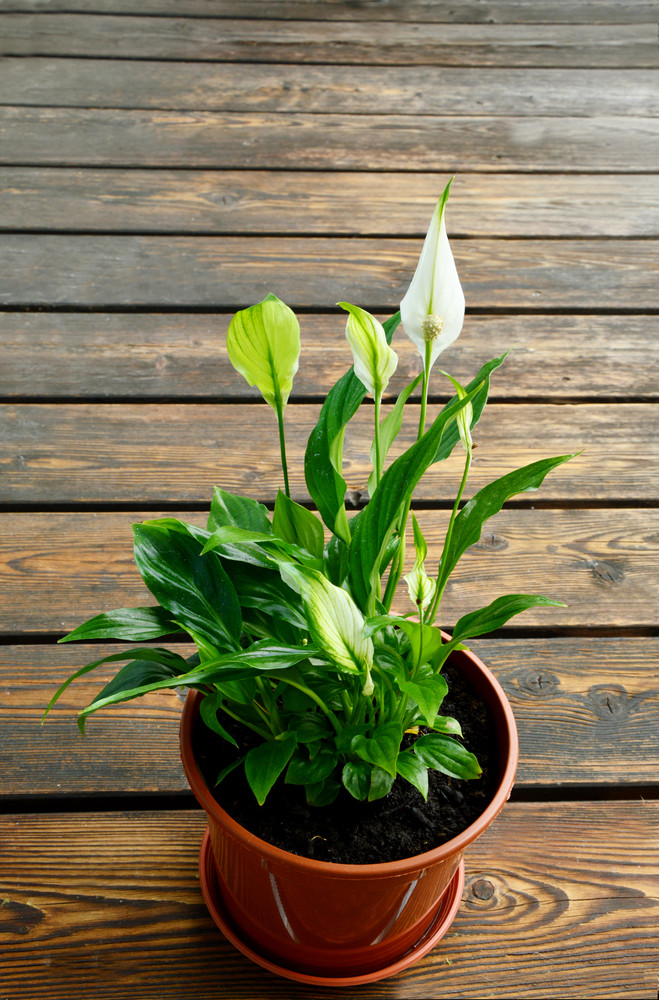
These beautiful plants make a dramatic impression on any bathroom. They have bright glossy leaves and white blooms that have a very clean and fresh look, not to mention their beautiful aroma.
Peace lilies love humidity and enjoy a daily misting or being positioned right beside the shower.
Lilies are also on top of the list for air cleansing and like moist, well-drained soil and fertilizer every six weeks or so.
There are smaller (up to 16 inches) and taller varieties (up to 6 feet) of this beautiful plant so be sure to pick accordingly depending on your space.
